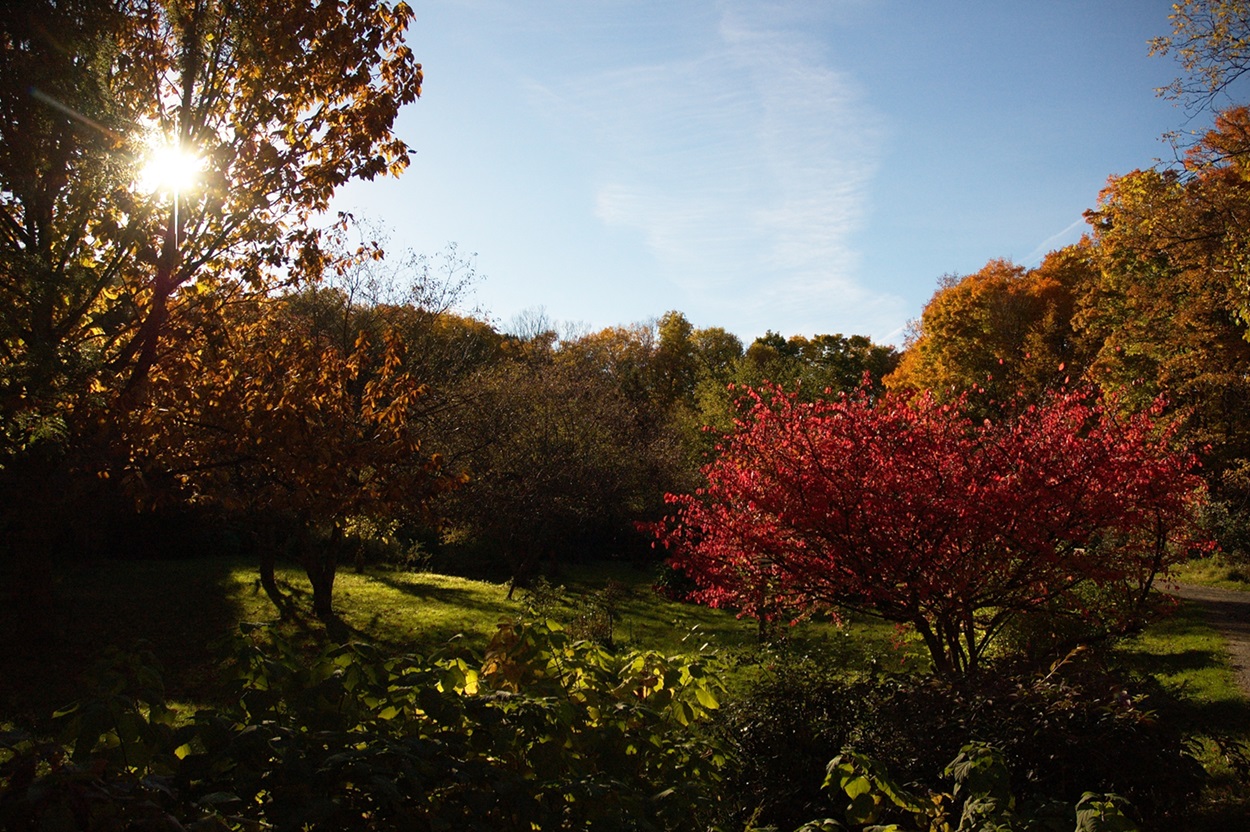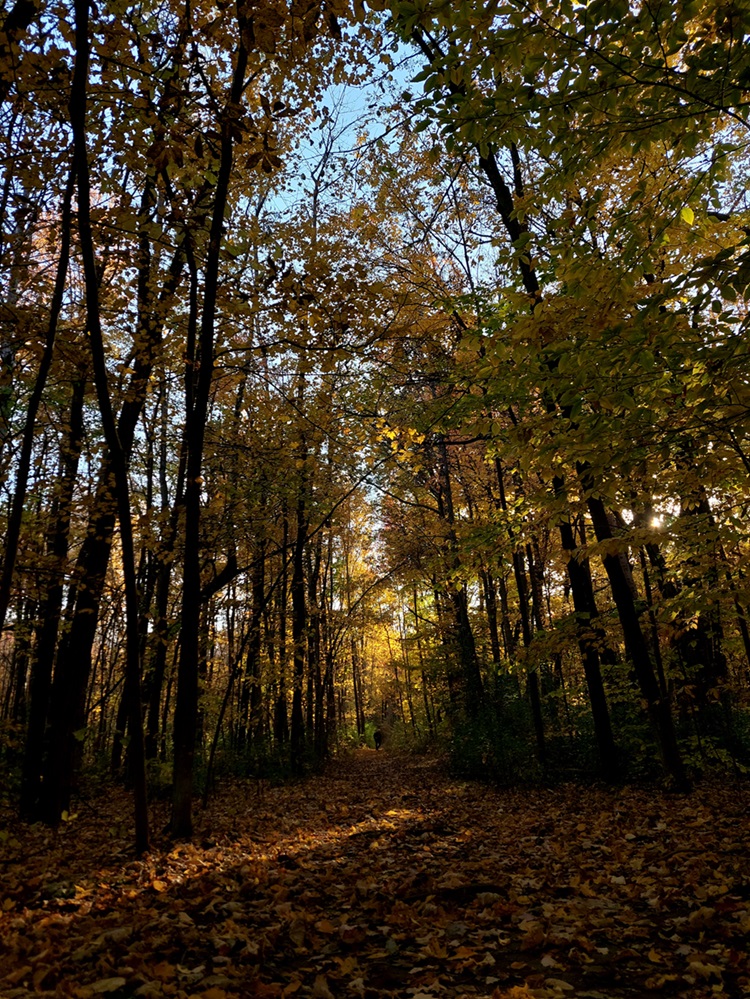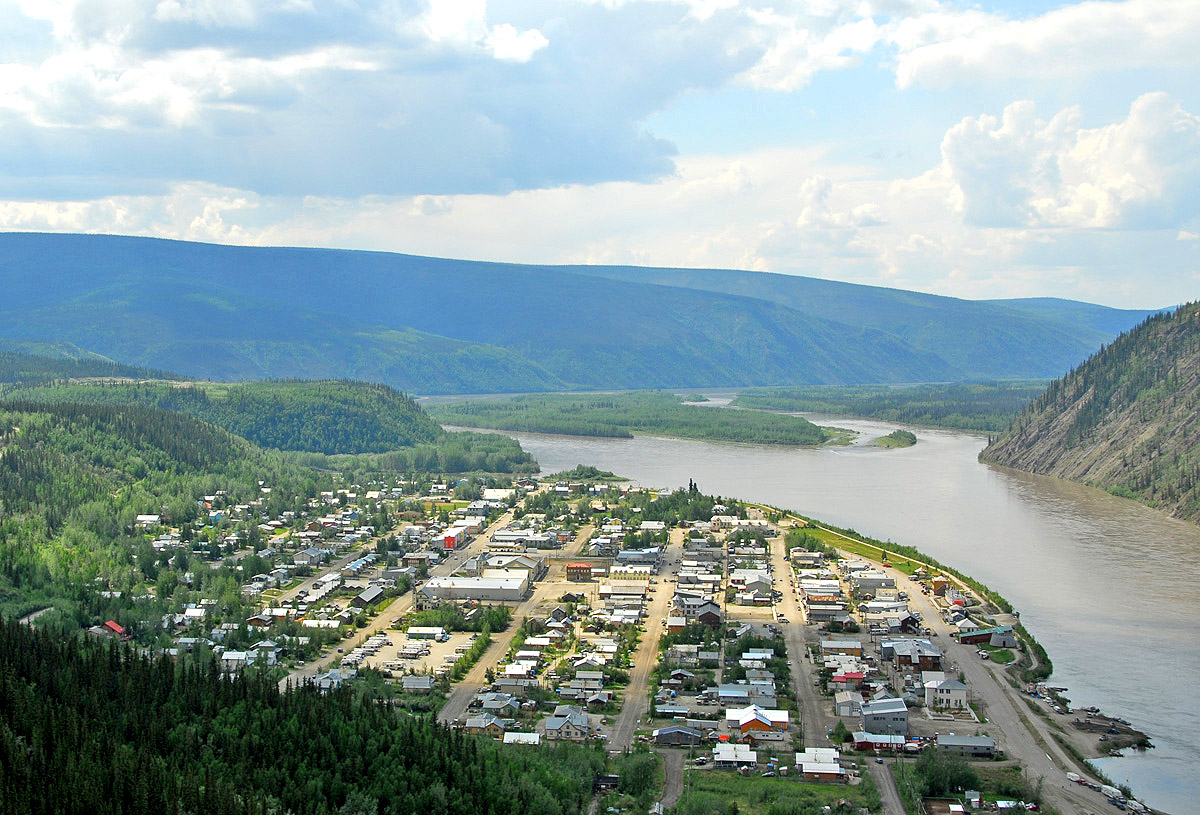An arboretum is a living collection of trees, shrubs and herbaceous plants that are grown deliberately to showcase a diversity of species and forms, usually to highlight the varieties of flora of one or several ecozones (see Natural Regions). An arboretum is a type of botanical collection but is distinct from a botanical garden (though some botanical gardens contain arboretums). The word arboretum comes from the Latin word arbor, meaning tree. Arboretums are created and cultivated for conservation, scientific and educational purposes. Because of this, tree and plant species are often identified with nameplates or other instructional panels to help educate the public. Species are usually planted together to reflect their botanical relationships or common habitats. Arboretums are often landscaped in a fashion similar to large parks, although the landscaping may seek to mimic certain features of the trees' natural environment (e.g., rock formations, proximity to water or wetlands). In some cases, arboretums may be created simply by preserving a portion or all of an existing forest as a representative of a natural forest ecosystem.

Main Functions of an Arboretum
An arboretum functions primarily for educational and research purposes. As such, the goal of an arboretum is often to grow and display as many trees (and other woody plants) as possible. To inform the public, nameplates identify the type of tree or woody plant, and additional information — provided through information panels, pamphlets and tours — helps explain the natural habitat and ecosystem of tree and plant varieties, their relationships to one another, and their distinct or unusual features.
An arboretum can be thought of as a “zoo for trees.” However, whereas zoos are primarily visited for leisure, entertainment and education, arboretums are often used for research purposes. The research conducted at an arboretum often involves discovering and recording the characteristics of trees and other woody plants, identifying species with the correct nomenclature, as well as identifying and studying the botanical relationships, origin, distribution, and habitat requirements of trees and woody plants. Research may also focus on the economic importance and cultural uses of each kind of plant. Practical research may also include testing tree and woody plant species for hardiness, studying methods of propagation, examining seed production and viability, as well as carrying out breeding experiments to produce new and better varieties. This information is particularly useful to the study of forestry management and the forestry industry, which is an important economic sector in Canada and involves forest harvesting, the pulp and paper sector, and the lumber and wood industries.
In addition, the research conducted at arboretums supports a number of other economic sectors and disciplines, including fruit growers, nursery staff, landscape architects, urban planners, park administrators and professional and amateur botanists and gardeners.
History of Arboretums in Canada
Canada’s oldest arboretum is the Dominion Arboretum at the Central Experimental Farm, located across the Rideau Canal from Carleton University in south Ottawa. Founded in 1889, it is the oldest arboretum in Canada. In total, the arboretum and ornamental garden occupy an area of around 40 hectares and include 10,000 species of plants. The arboretum occupies most of this space (35 ha), and features some 2,000 varieties of trees and shrubs, many of which can be traced back to the original plantings in 1889. The Dominion Arboretum also features its own microclimate (a hyperlocalized set of atmospheric conditions that differ from the surrounding area), featuring magnolias, rhododendrons and wisteria, among others.
The Morden Research and Development Centre in Morden, Manitoba, was established by the federal government’s Department of Agriculture in 1915. It contains an arboretum with 3,000 tree and woody plant species. The Morden Centre continued the pioneering work done by noted horticulturalist A.P. Stevenson, and started as an experimental farm designed to research and demonstrate better agricultural methods. The centre was located in Morden to take advantage of the longest growing season in Manitoba. Today, the Morden Centre is one of Agriculture and Agri-Food Canada's (AAFC) network of 20 research and development centres.
The Montreal Botanical Garden was established in 1931 and features an arboretum that was created in 1945. Occupying 40 ha, the Montreal Botanical Garden’s arboretum contains roughly 6,000 specimens of trees and shrubs, accounting for close to 800 species native to Quebec, Canada and North America (as well as some species that are not native but can tolerate Quebec’s climate). The arboretum contains approximately 100 genera of trees and shrubs and accounts for more than half of the total space of the Montreal Botanical Garden, roughly equivalent to 56 soccer fields. The Frédéric Back Tree Pavilion, which highlights the importance of trees and forests, is located at the northeast corner of the botanical garden. It is named for Frédéric Back, a famed Canadian animator, illustrator and environmental activist.
Arboretums in Canada Today
There are nearly 50 arboretums across Canada, though not all are officially recognized by international accreditation agencies. Some of these arboretums are also botanical gardens, while others belong to research facilities affiliated with the federal government. Toronto’s Mount Pleasant Cemetery is an accredited arboretum, with 600 tree and shrub species located on its about 80-hectare site. Several Canadian universities, including Lakehead University, Laurentian University, the University of Guelph and Thompson Rivers University, also have arboretums.
McGill University’s Morgan Arboretum is a unique arboretum in Canada in that it is technically a forest reserve. It provides facilities for outdoor recreation (like skiing and hiking) and is part of the Macdonald College campus, McGill University’s agricultural college. The arboretum is also just north of a weather radar, the J.S. Marshall Radar Observatory, and is part of a large greenbelt across the western suburbs of Montreal that is being organized into the Grand Parc de l’Ouest urban nature park. The Morgan Arboretum occupies 245 ha and has been part of McGill University’s Macdonald College campus since 1945. The Morgan Arboretum includes mature forest and the remnants of former agricultural lands that have since been redeveloped into a forest. Though it is often enjoyed by locals for its leisure activities, the Morgan Arboretum’s primary functions are research and education. The arboretum is also home to 30 different species of mammals, another 15 species of reptiles and amphibians, and over 170 species of migratory and overwintering birds.


 Share on Facebook
Share on Facebook Share on X
Share on X Share by Email
Share by Email Share on Google Classroom
Share on Google Classroom




